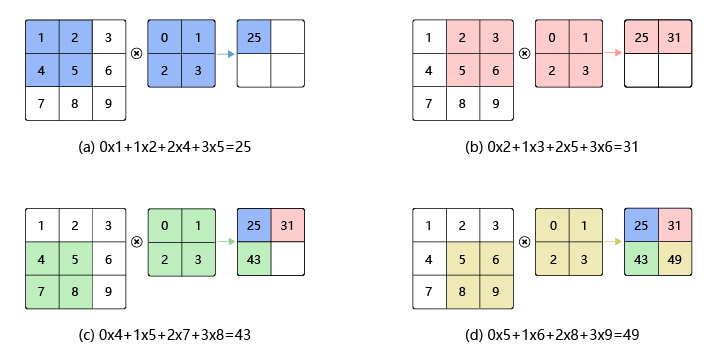Graphic Style Transfer Technology in Multimedia Communication: An Application of Deep Residual Adaptive Networks in Graphic Design
DOI:
https://doi.org/10.17762/ijcnis.v16i1.6538Keywords:
Multimedia Communication, Communication, Deep Learning, ArtAbstract
With the rapid development of wireless network technology and the rapid popularity of portable smart terminals, multimedia communication based on images and videos has become the favorite way of communication in the new era. Image style transfer technology is one of the research directions that has attracted much attention in the field of multimedia communication. To achieve the diversification of images and ease of use in the multimedia communication process, this paper researches the multimedia network communication technology and image style transfer technology. By combining visual style transfer technology and depth residual adaptive network technology in multimedia communication technology, the redesign and creation of graphics can be carried out effectively. The resulting graphics can meet the needs of the art creators and the technique provides higher creative efficiency, excellent peak model signal-to-noise ratio and structural similarity performance, and output levels that meet the basic needs compared to traditional manual design. The method can be effectively used in urban building appearance design and art creation and has good theoretical and practical research value.
Downloads
Published
How to Cite
Issue
Section
License
Copyright (c) 2024 International Journal of Communication Networks and Information Security (IJCNIS)

This work is licensed under a Creative Commons Attribution-NonCommercial-ShareAlike 4.0 International License.





